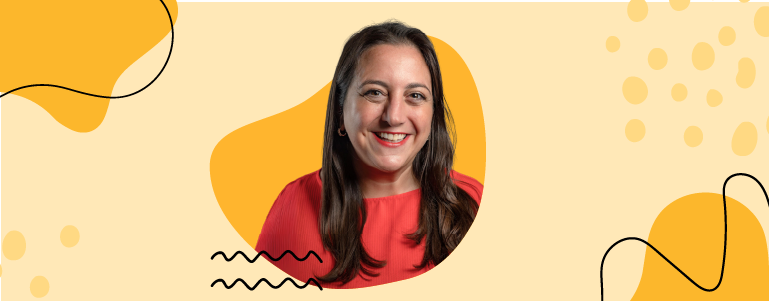There are a lot of bad infographics out there. Some just don’t work with human perception and because of that, end up lying about the data. Others suffer from designers trying to do something “different”. But by far, one of the biggest problems is incomplete data. Data sources are one of the main reasons for this. When you’re dealing with large data sets, getting all the data is very expensive, either in terms of man hours to find, or financially, i.e. paying the company that did the surveys and research. In order to cut costs, infographic producers and clients do whatever they can to avoid paying for that data. This limits them to the data that is in the summary of the actual dataset, and whatever else they can scrounge from multiple other sources. The problem is, not having all the data means you don’t have the full story. This limits the visualizations you can use, and it puts extra stress on the whole process. The coherence of the infographic will suffer, and the story it tells may be incomplete, or even flat out wrong.
Incomplete data can also lead to some rather strange visualizations.
Designers are asked to make an image from data, and when they don’t have all the data, they have blanks to try to paper over. Here’s one example of a broken visualization where missing data is probably the main culprit. 







